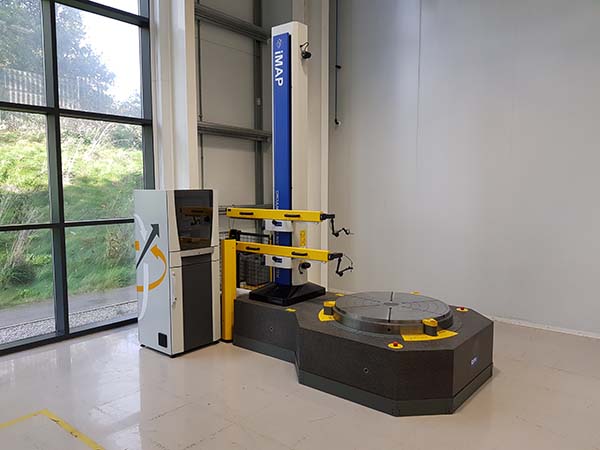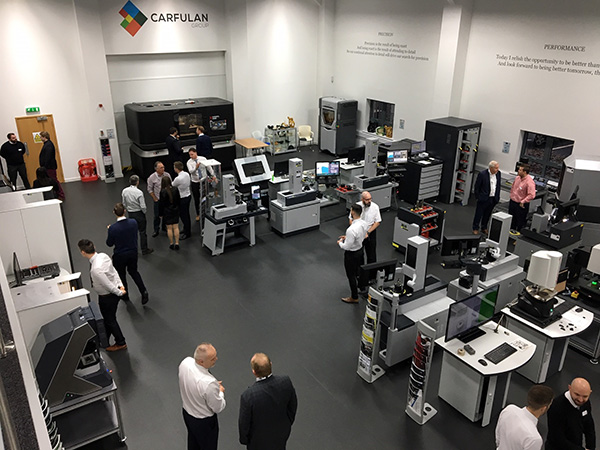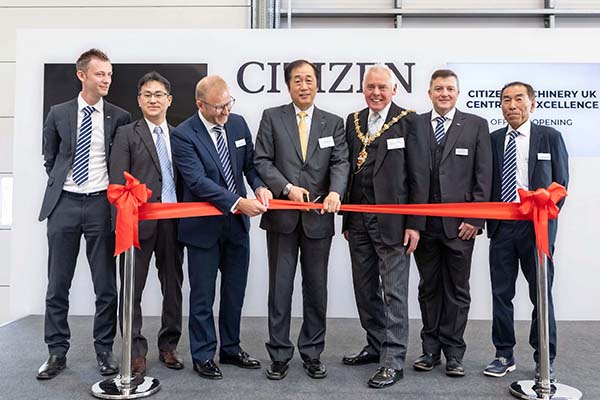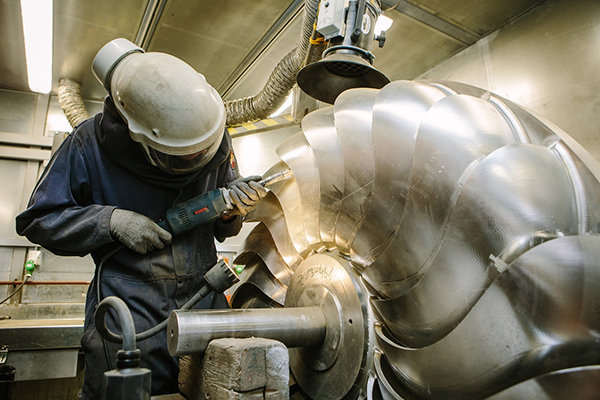RPI UK, a specialist in rotary measurement, has installed the first of two integrated rotor measurement and assembly platforms (iMAPs) at a major aero-engine MRO (maintenance, repair and overhaul) facility.

Jim Palmer, RPI’s sales manager, says: “It’s great news that both the OEM and their approved MRO facility are choosing to invest in iMAP, which has been independently verified to give significant operational improvements over traditional measurement methods. With world-class accuracy, our iMAP machine achieves higher levels of quality, while helping customers save money and resources by reducing inspection times and the need for costly rotor tear-downs due to inefficient rotor assembly optimisation.”
iMAP is proven to reduce inspection times by 90%, and improve gauge repeatability and reproducibility by up to 10 times. The technology is used by the MRO facility after the engines are dismantled, to inspect each individual section for cracks, wear and distortion. Measurements are taken by iMAP’s data acquisition software AccuScan, to check that the geometry of components meets original and regional board specifications as part of the stringent MRO process.
After the components have been approved, repaired or replaced, the iMAP is used for engine assembly to ensure alignment and concentricity are correct and balanced as each section is rebuilt.
AccuScan enables the measurement of up to 4000 data points on up to eight surfaces simultaneously, per revolution, thereby reducing process times to just two minutes. The improved inspection data is then used by the rotor stacking software to solve the mathematical problem of optimising the assembly of a multi-stage rotor to achieve minimum runout or unbalance. This technology is fundamental to ensuring the operational quality of an engine entering back into service, for optimal reduction in vibration, greater fuel efficiency and longer service intervals.
For further information www.rpiuk.com























